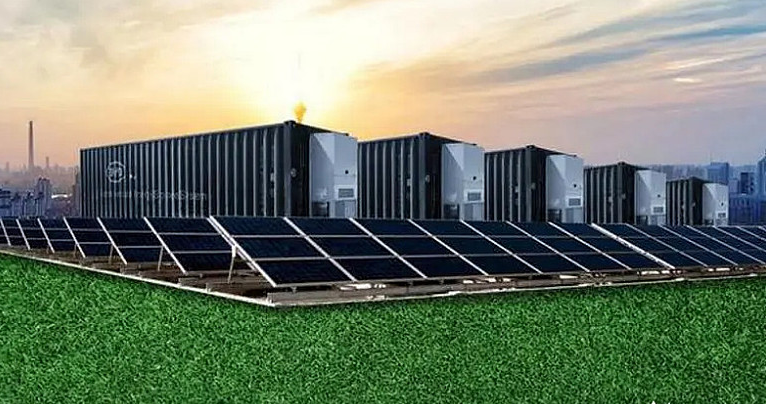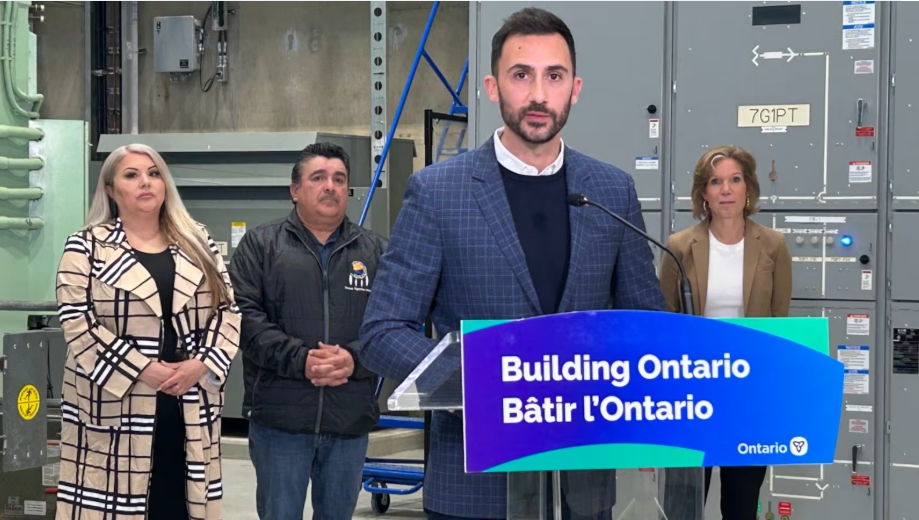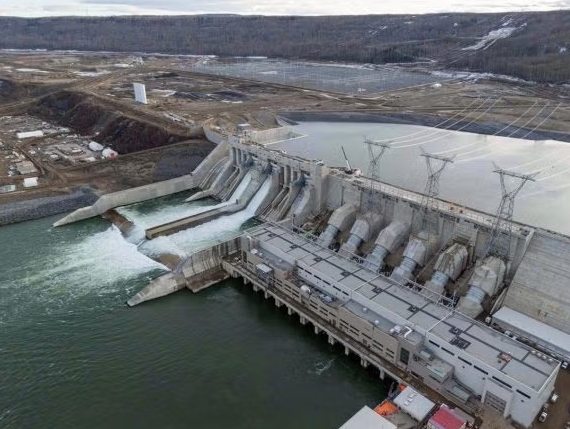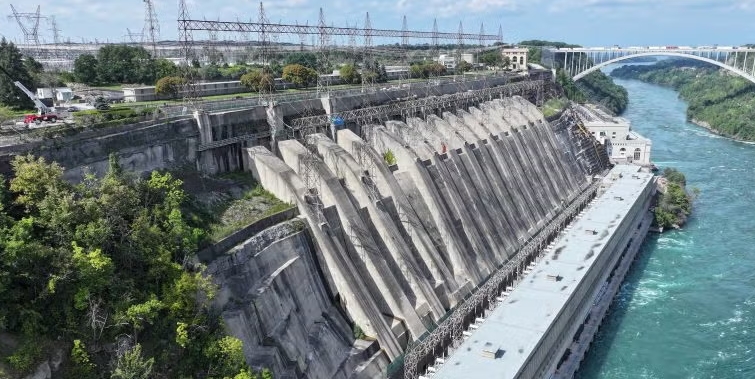
On May 16th, 2023, the Independent Electricity System Operator (IESO) announced it is moving forward with the procurement of seven new energy storage projects to provide 739 MW of capacity. After years of stable supply, Ontario's electricity system is in the early stages of a dramatic transformation to support decarbonization and economic growth.
Electricity demand in Ontario is set to increase significantly in the next two decades as the economy grows and many fossil fuel-dependent processes switch to electricity. The IESO forecasts electricity demand to increase two per cent annually over the next 20 years.
Growing Ontario's storage capability
The IESO is offering contracts to seven battery storage facilities located throughout the province, varying in size from 5 MW to 300 MW. These facilities will serve to meet both province-wide and local needs in a number of key locations. The majority of these selected proposals have partnered with Indigenous communities, with five of the seven having at least 50 per cent economic interest from these communities. These projects complement the recent agreement for the 250 MW Oneida Energy Storage Facility and conclude the first of two stages within the procurement.
Storage facilities charge up during off-peak hours, taking advantage of Ontario's clean energy supply mix, and inject energy back into the grid when it is needed most. As a result, the grid will benefit from using more non-emitting energy at peak. Grid-scale energy storage also offers the potential to provide critical flexibility to help keep the system in balance.
Natural gas as a transitional resource
The IESO is also leveraging natural gas generation by securing 586 MW from expansions and upgrades at existing sites. Natural gas currently plays a pivotal role in supporting grid reliability - with the ability to respond to changing system needs in ways other forms of supply can't.
In its Pathways to Decarbonization report, the IESO identified the potential to eliminate emissions from Ontario's electricity system - but only after a transition that sees natural gas generation maintain reliability until nuclear refurbishments are complete and new non-emitting technologies such as storage mature.
Over the next few months, the IESO will also launch new energy-efficiency programs and announce new hydrogen projects, further positioning the province's electricity system to decarbonize.
Additional Resources
For full details about this procurement and other reliability initiatives, read the IESO's Resource Adequacy Update.
Selected Proponents for the Non-Storage Category and Storage Category 1 of the E-LT1 RFP, as well as agreements from the Same Technology Upgrades Solicitation.
Fast Facts
Ontario currently has 228 MW in storage capacity on the grid, generated mostly at the pumped storage Sir Adam Beck facility in Niagara.
By 2026, the IESO anticipates that Ontario will have at least 1,217 MW of storage capacity participating in the IESO's electricity market - in addition to smaller storage installations that serve local communities, businesses and homes.
Additional selected proponents with storage projects from this current procurement may be announced this summer. The IESO will also seek further energy storage supply in a procurement to begin later this year.
Quotes
"Today's announcement of the largest energy storage procurement ever in Canada, positions Ontario as a leader in integrating renewable energy sources into our grid. We recognize the vital role energy storage plays in the decarbonization effort and in ensuring a stable and reliable energy supply."
"This important announcement also highlights the affordability of energy storage solutions, demonstrating that they can compete on cost with other resources. By investing in energy storage, we can meet our growing energy needs while also driving economic growth and reducing our carbon footprint. At the IESO, we remain committed to pioneering innovative energy solutions that can help us build a cleaner, more sustainable energy future."







